
00390565705070 00393756889862
Discover the Villages: An Unforgettable Tour Around San Vincenzo
Overcast skies? Looking for a great hiking adventure?
At ‘hand’ you have only to choose, the proposed itinerary includes numerous villages, some in the province of Livorno, others in the province of Pisa, and still others in the province of Grosseto, but they are always well connected. Of course, the tour can be modified and divided into several parts according to your needs and can be done clockwise or anticlockwise.
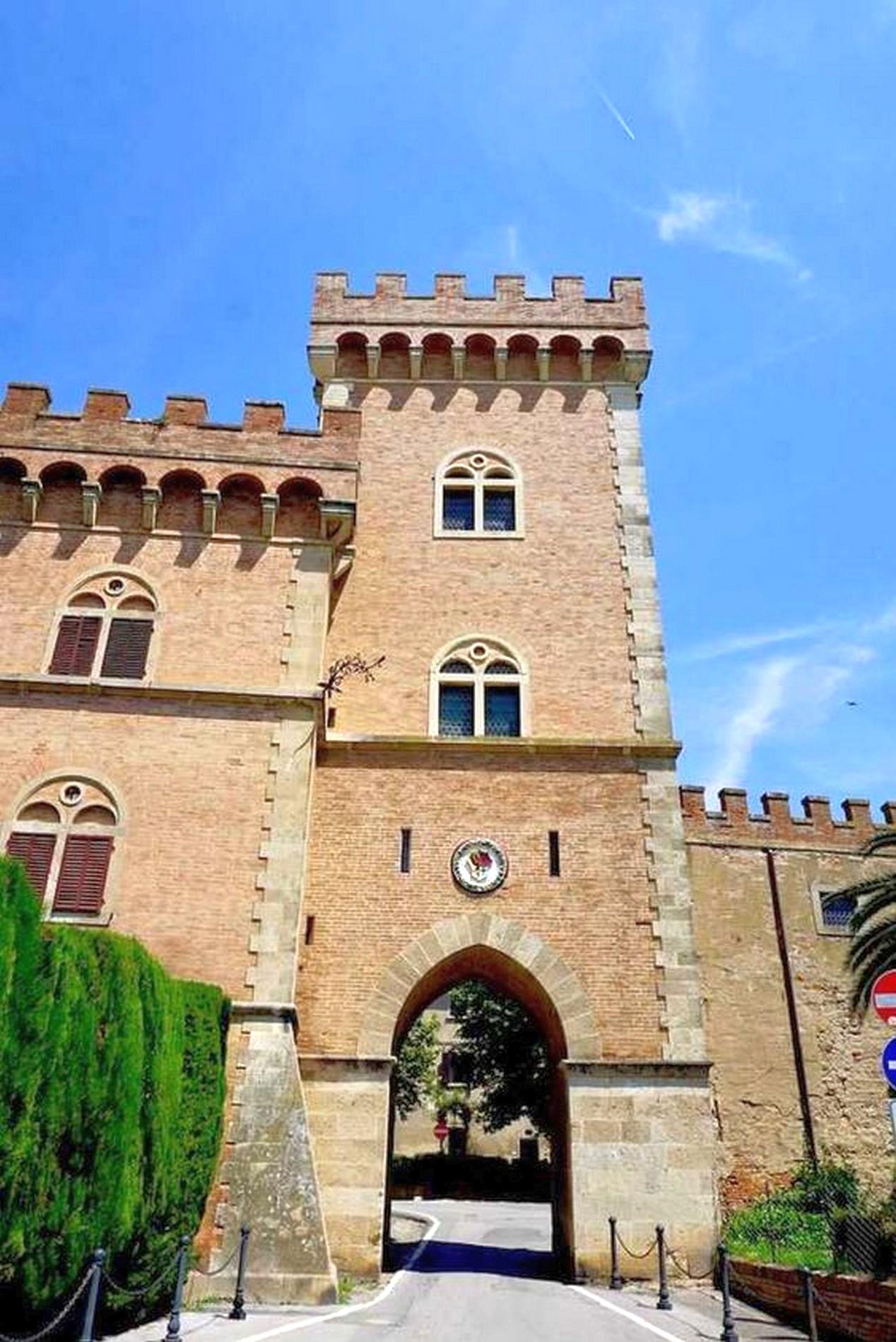
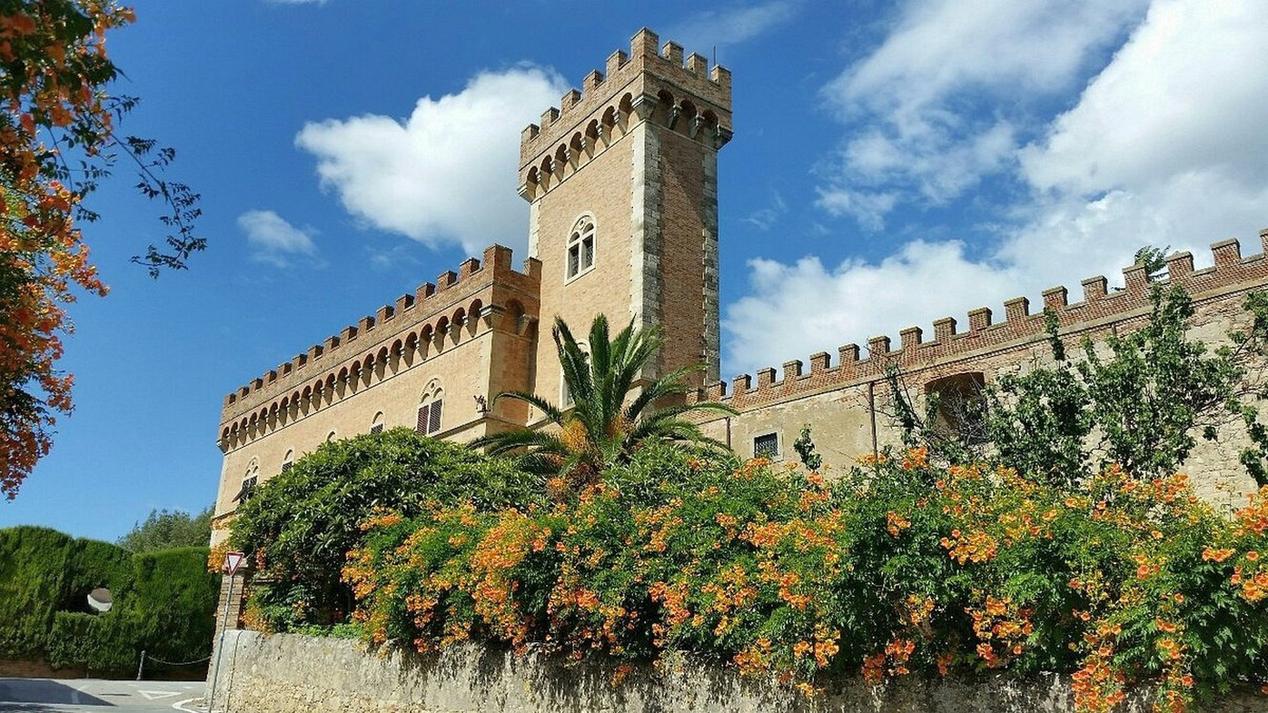
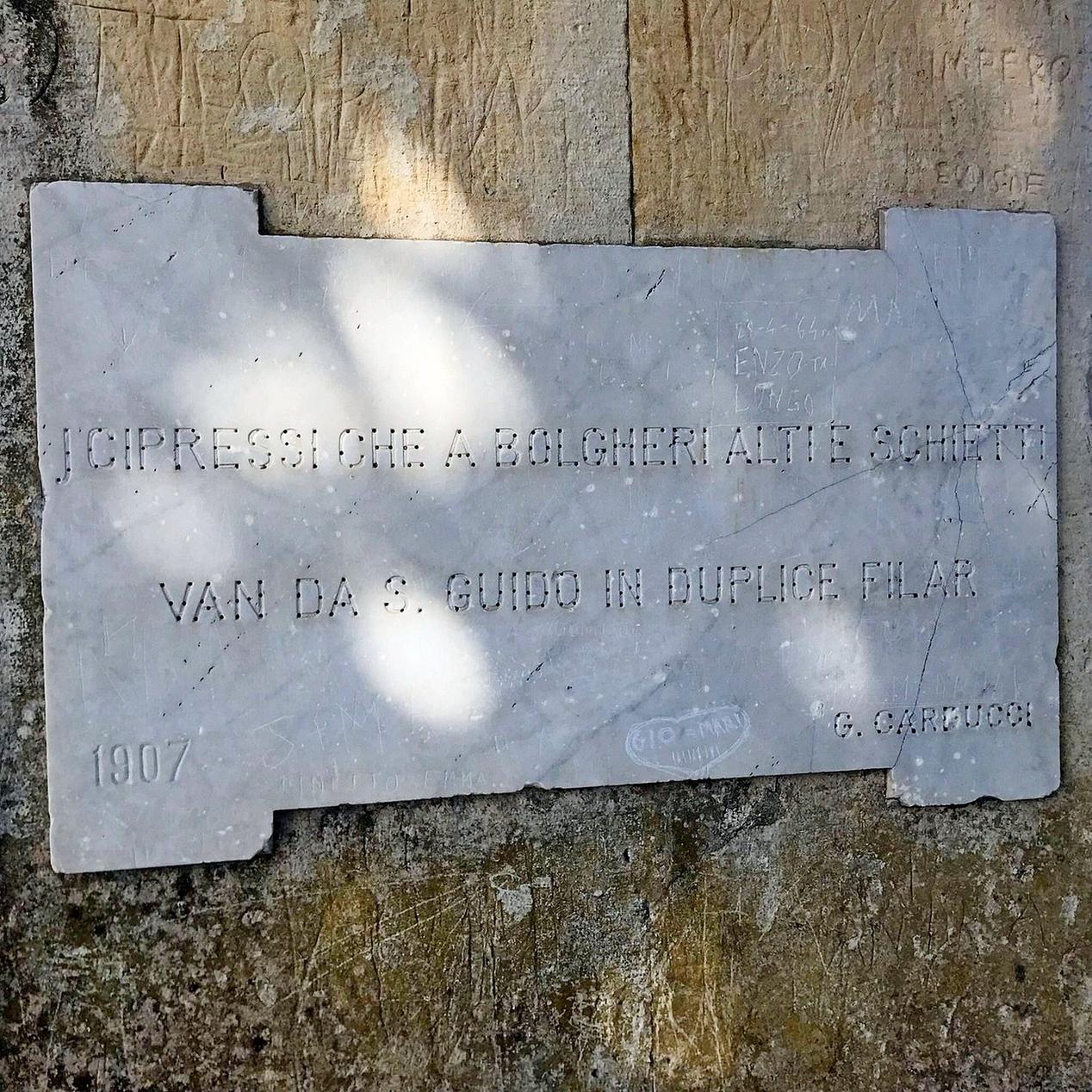
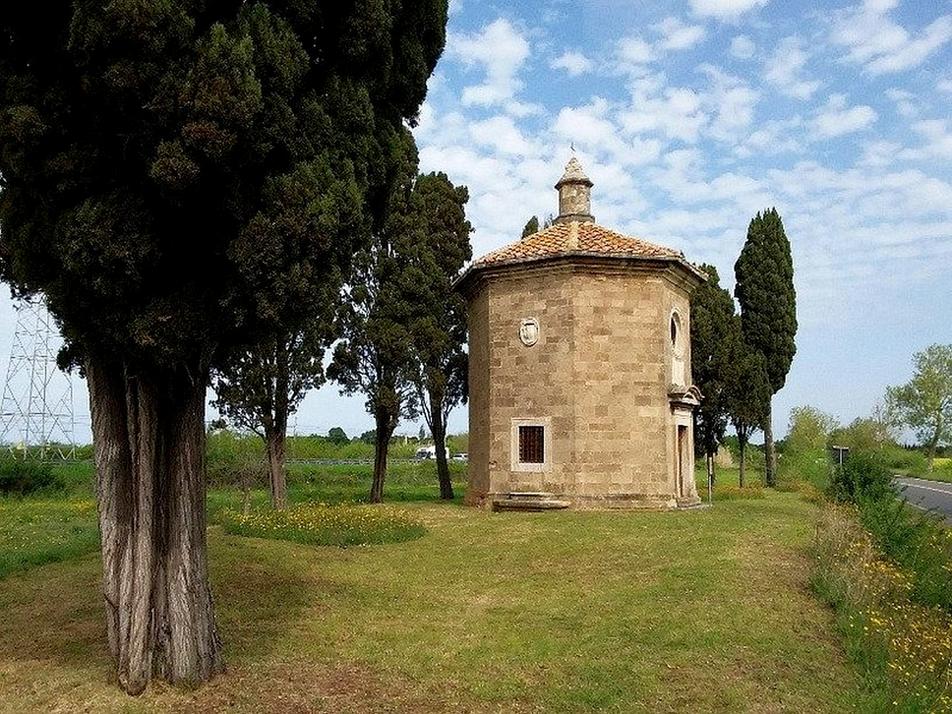
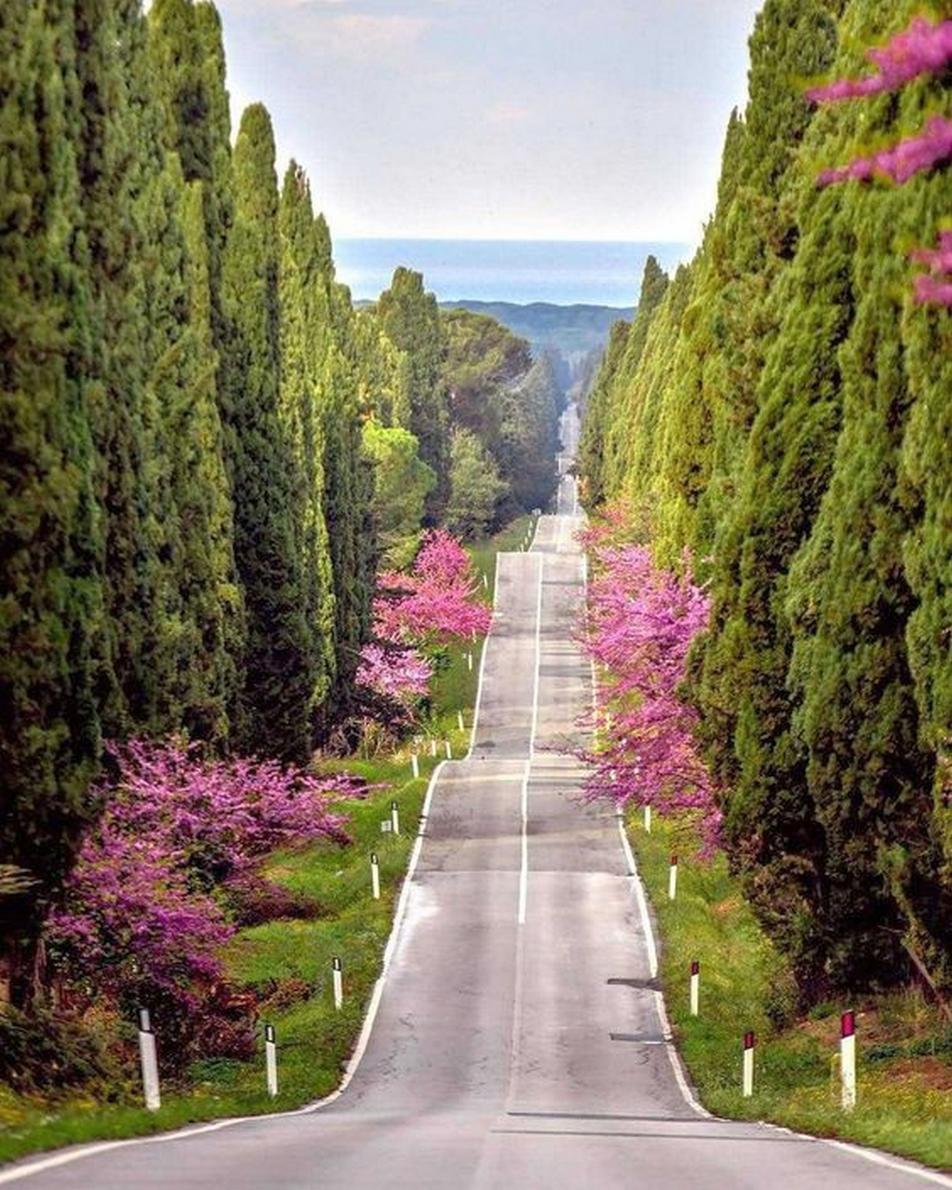
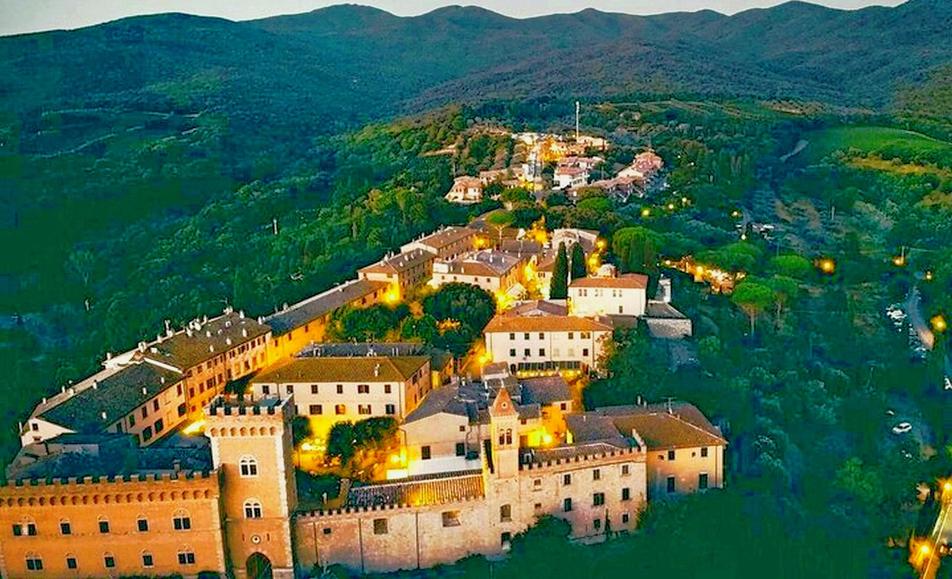
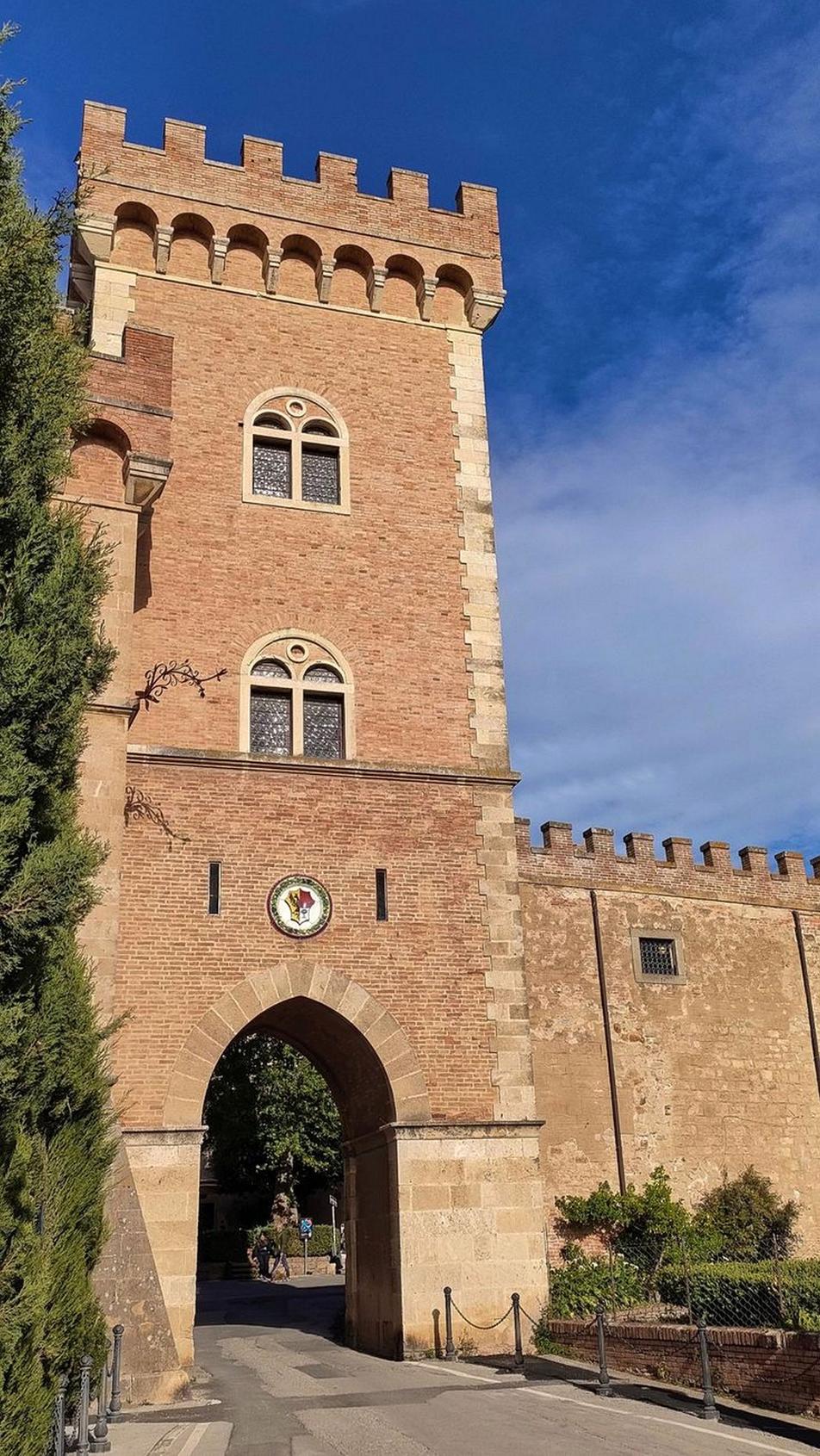
Bolgheri - Casale Marittimo 12 km, 18 minutes.

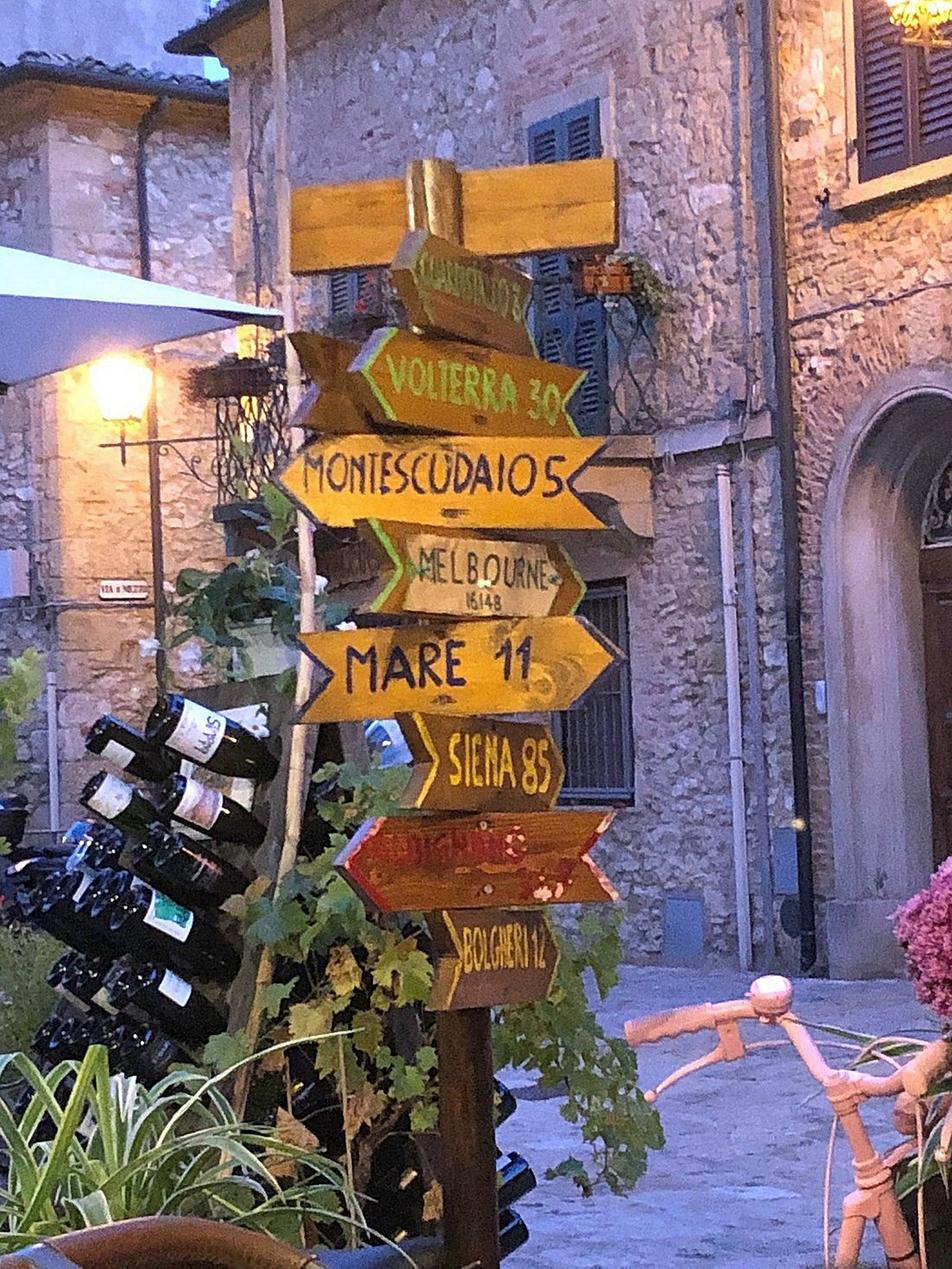
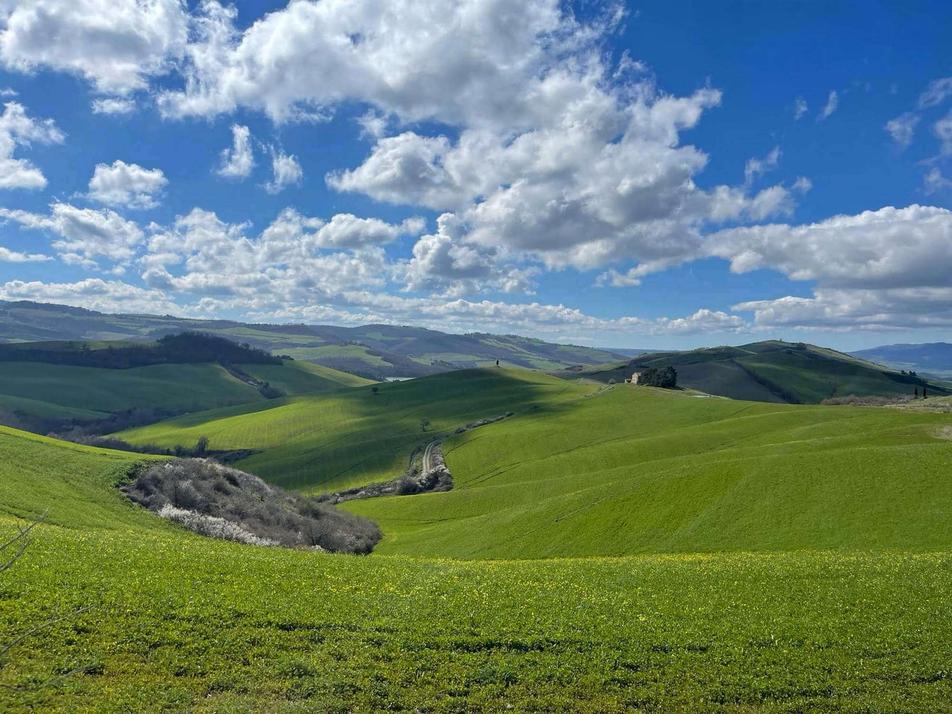
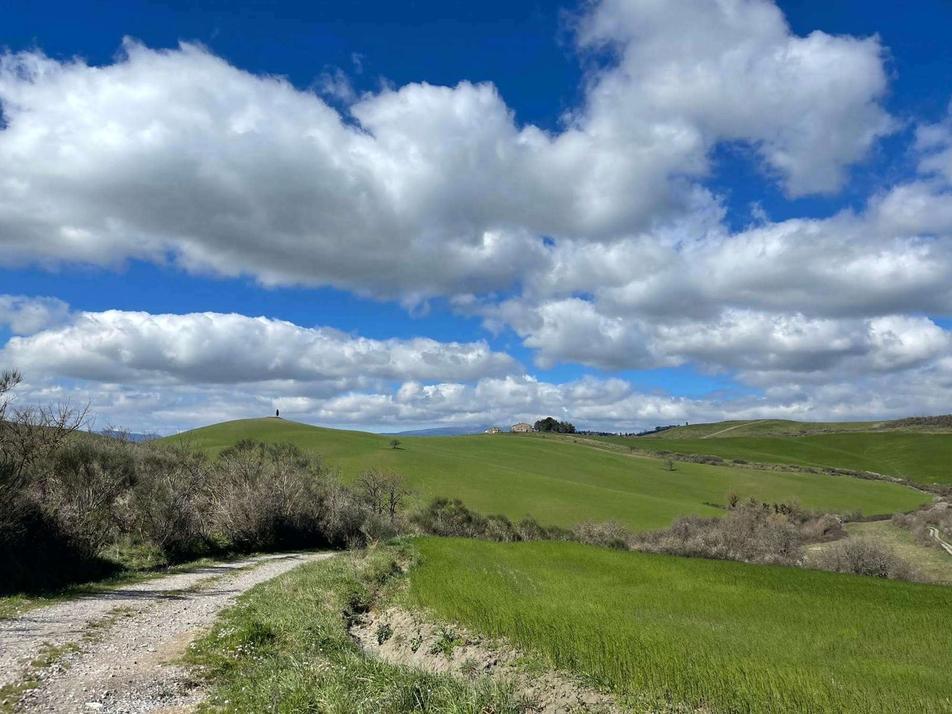
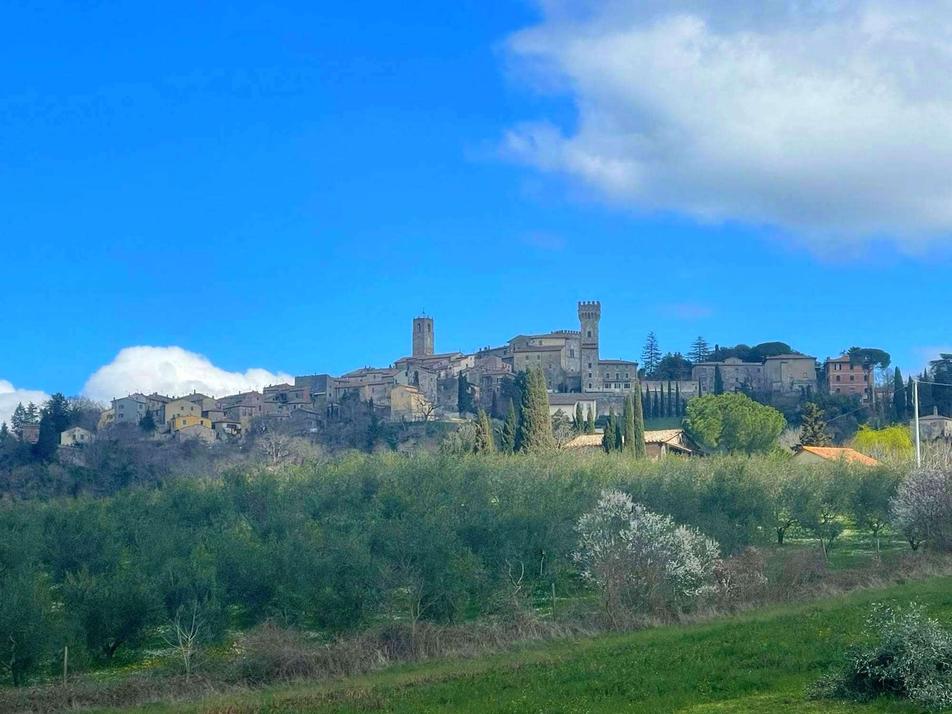
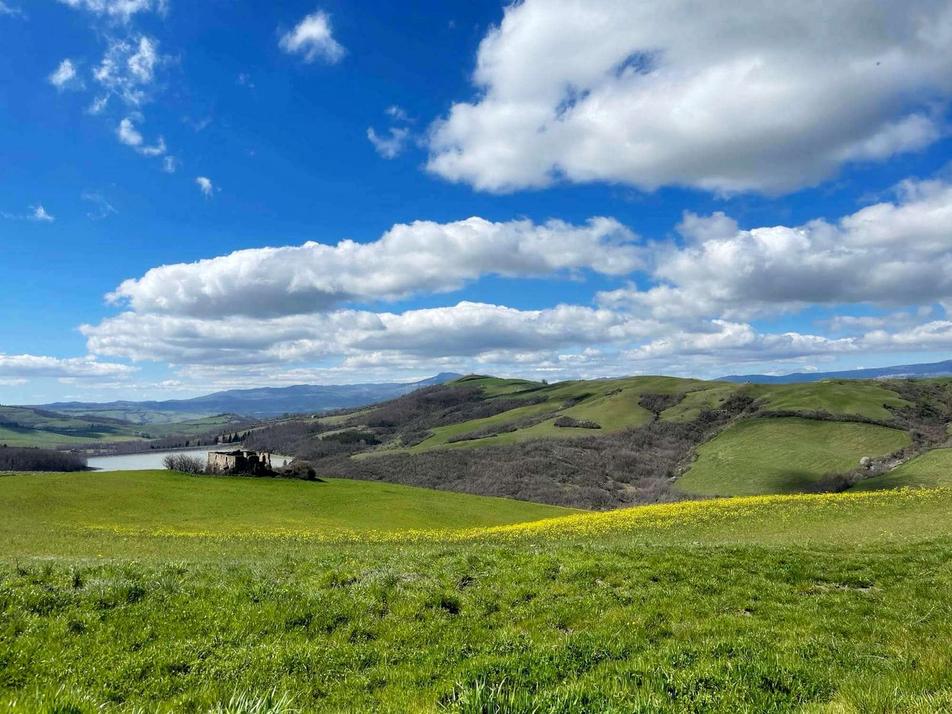
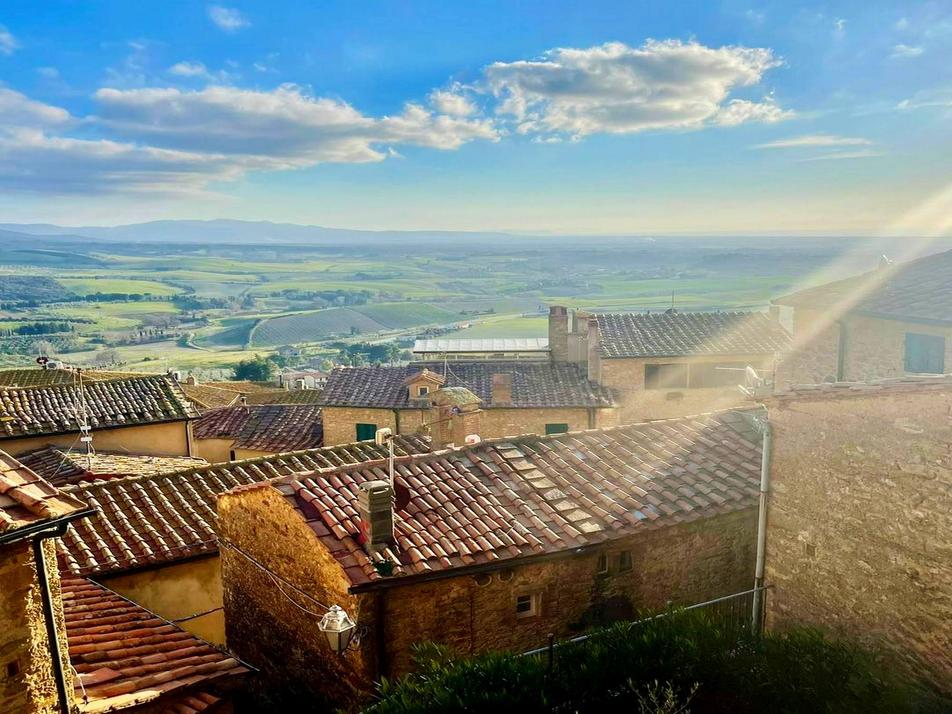
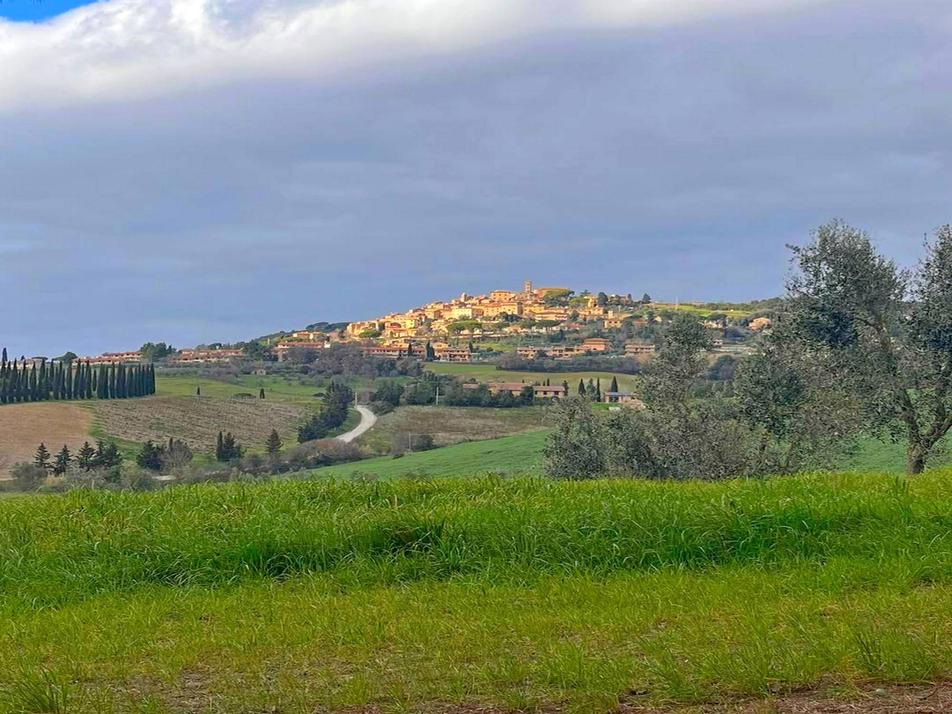
Casale Marittimo - Querceto 13 km, 18 minutes
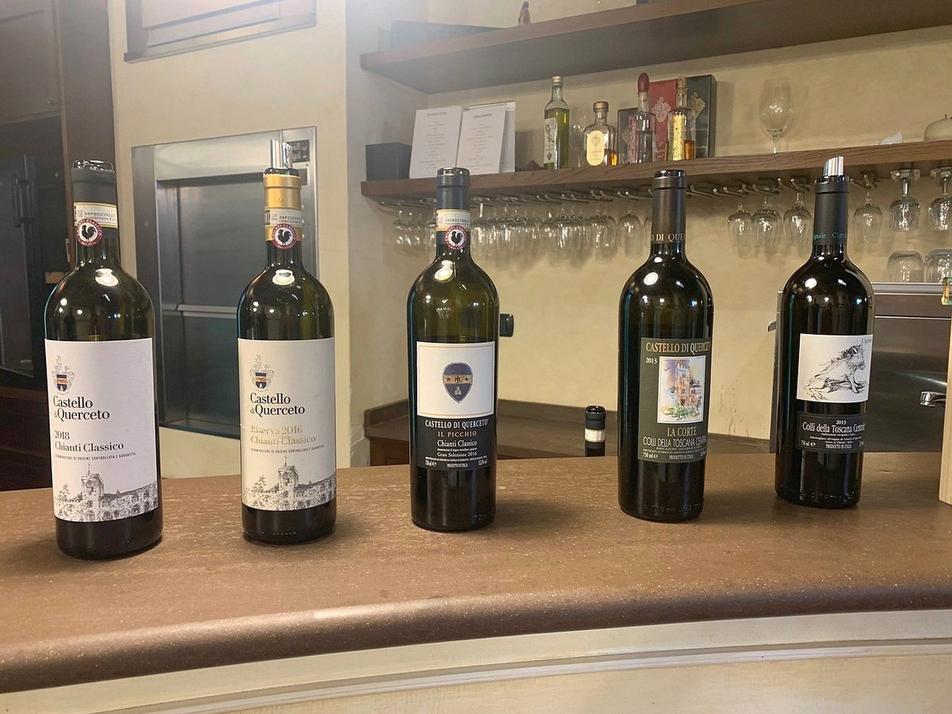
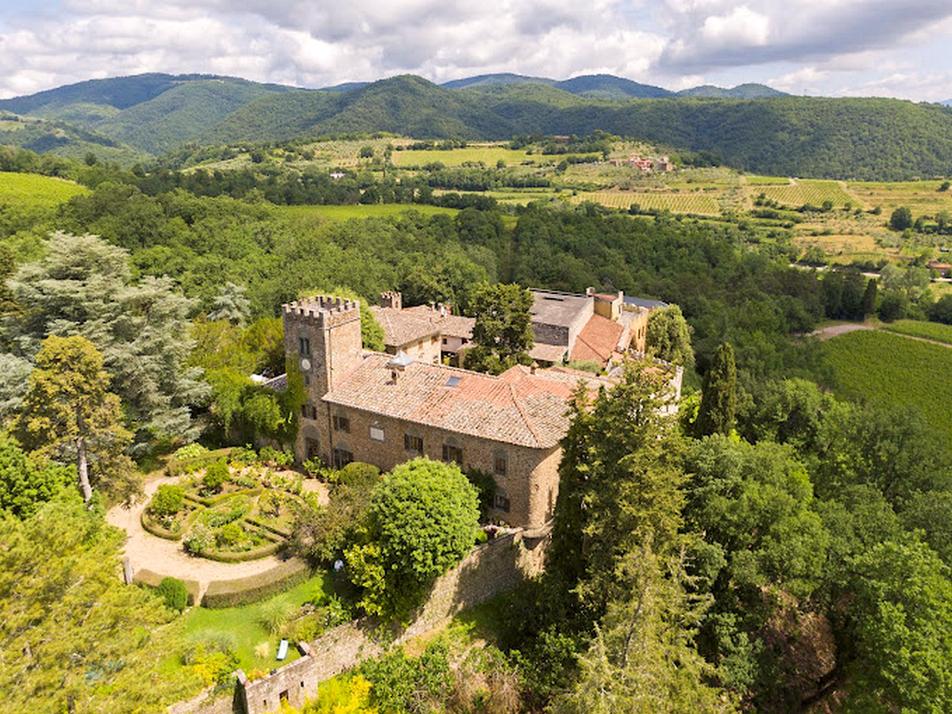




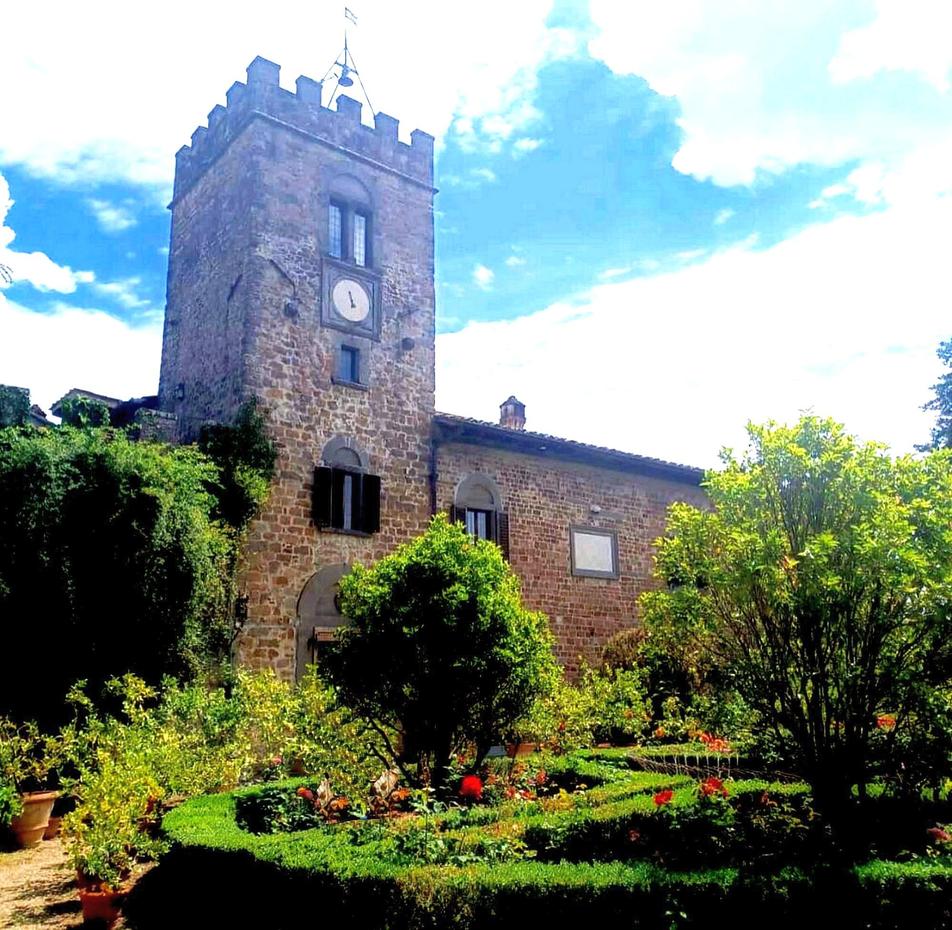

Querceto - Monteverdi Marittimo 21 km, 26 minutes.
Gourmets will not fail to visit the historic Mucci e Staccioli shop, and those who wish can buy products for a packed or vacuum-packed lunch to be consumed at a time;


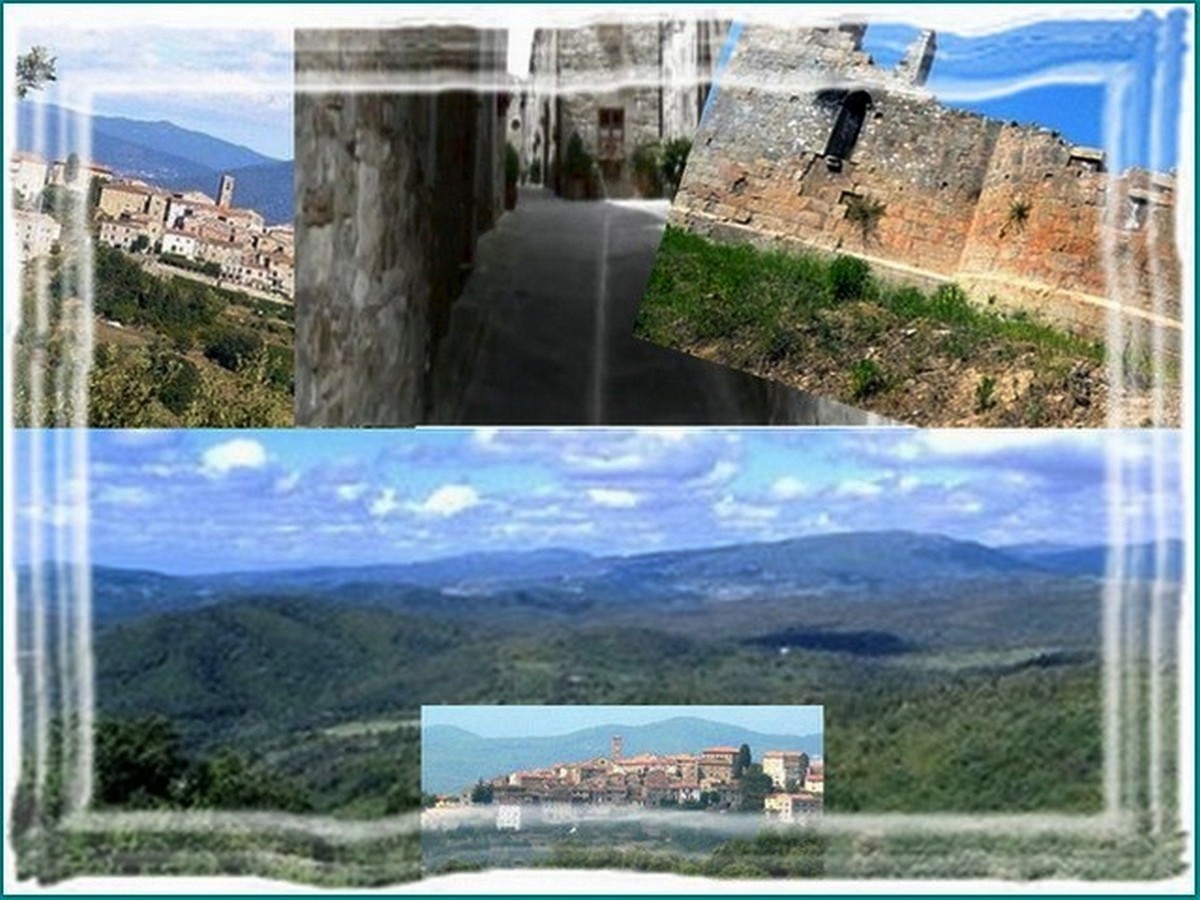


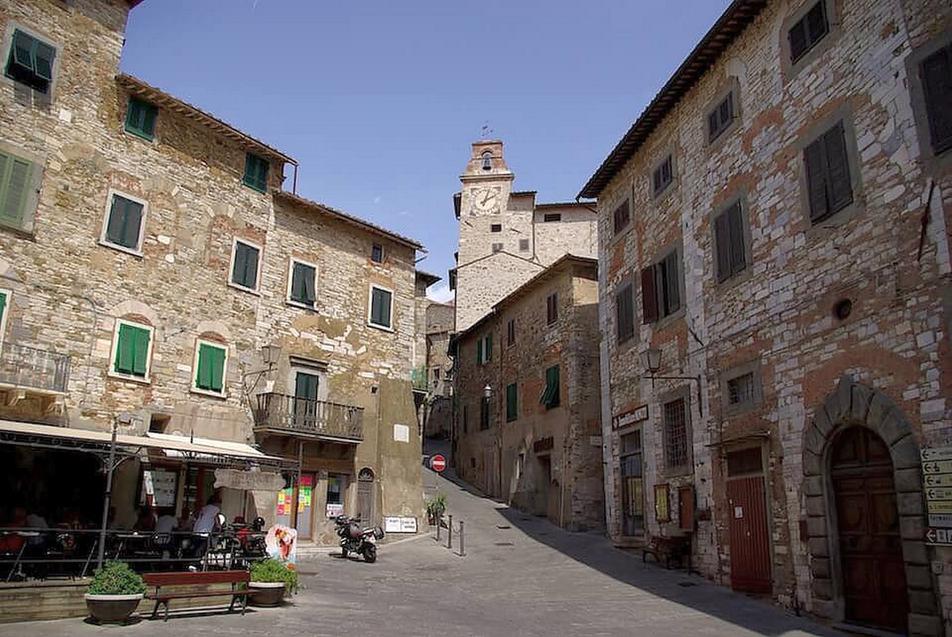


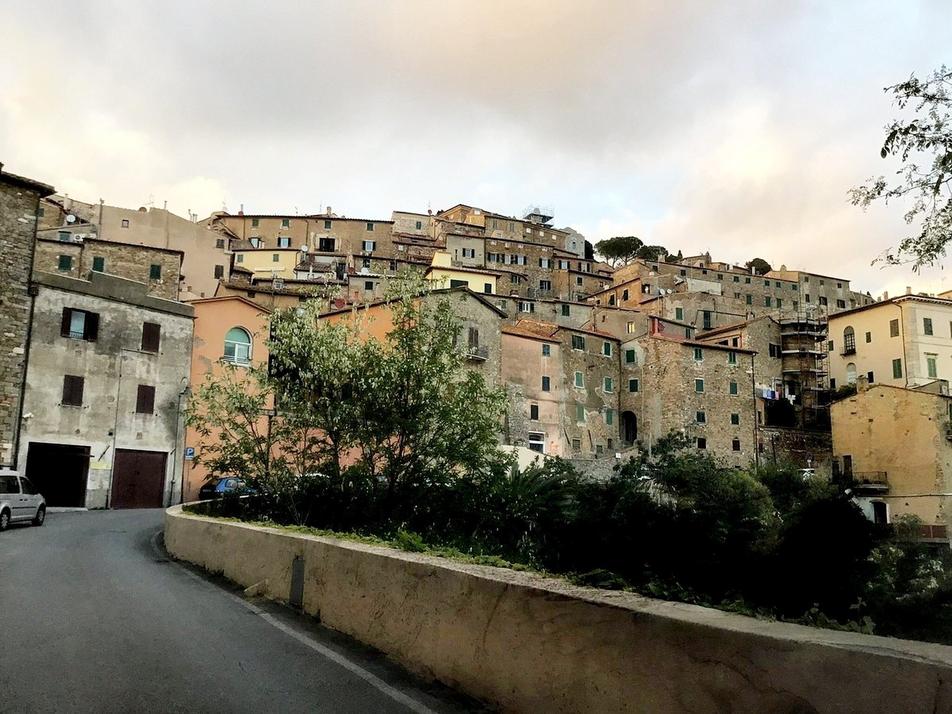
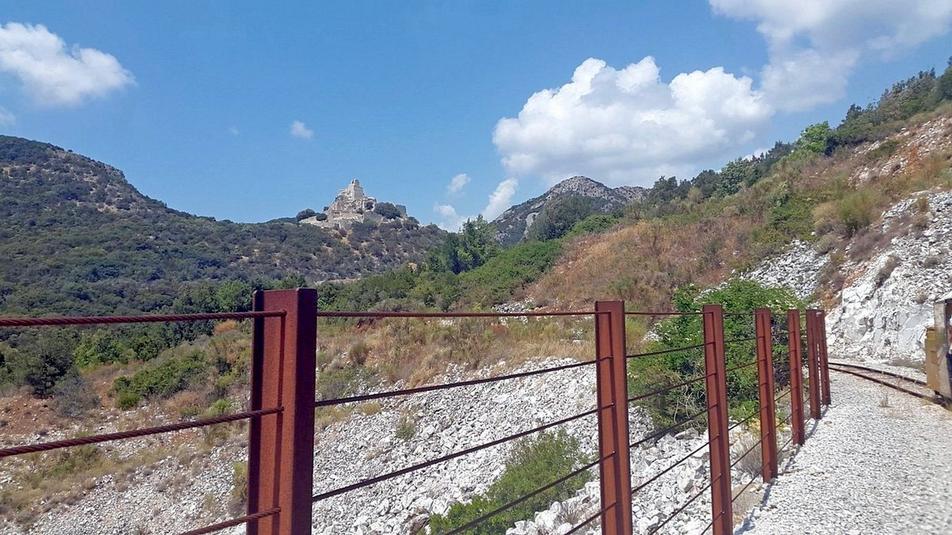
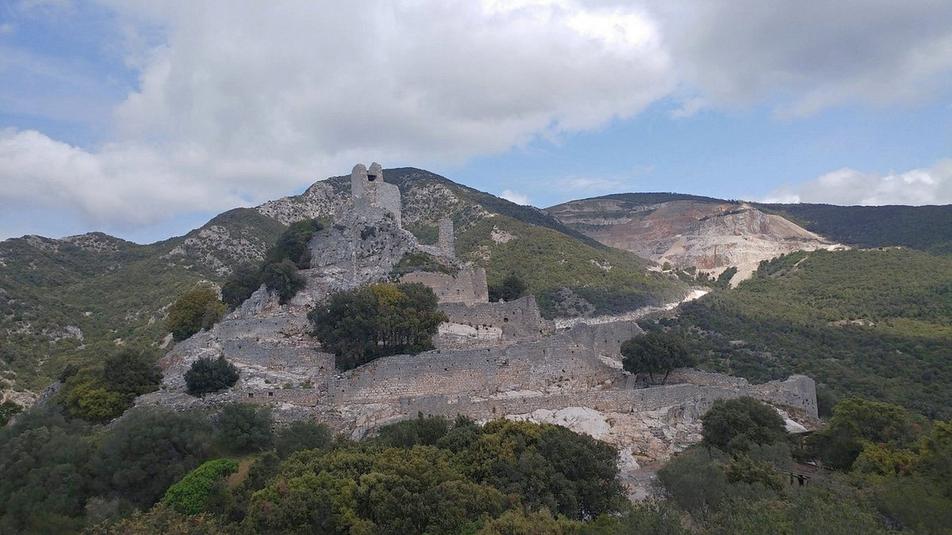
Campiglia Marittima –
Suvereto 10 km, 13 minuti
Suvereto is one of the fifty most beautiful villages in Italy.




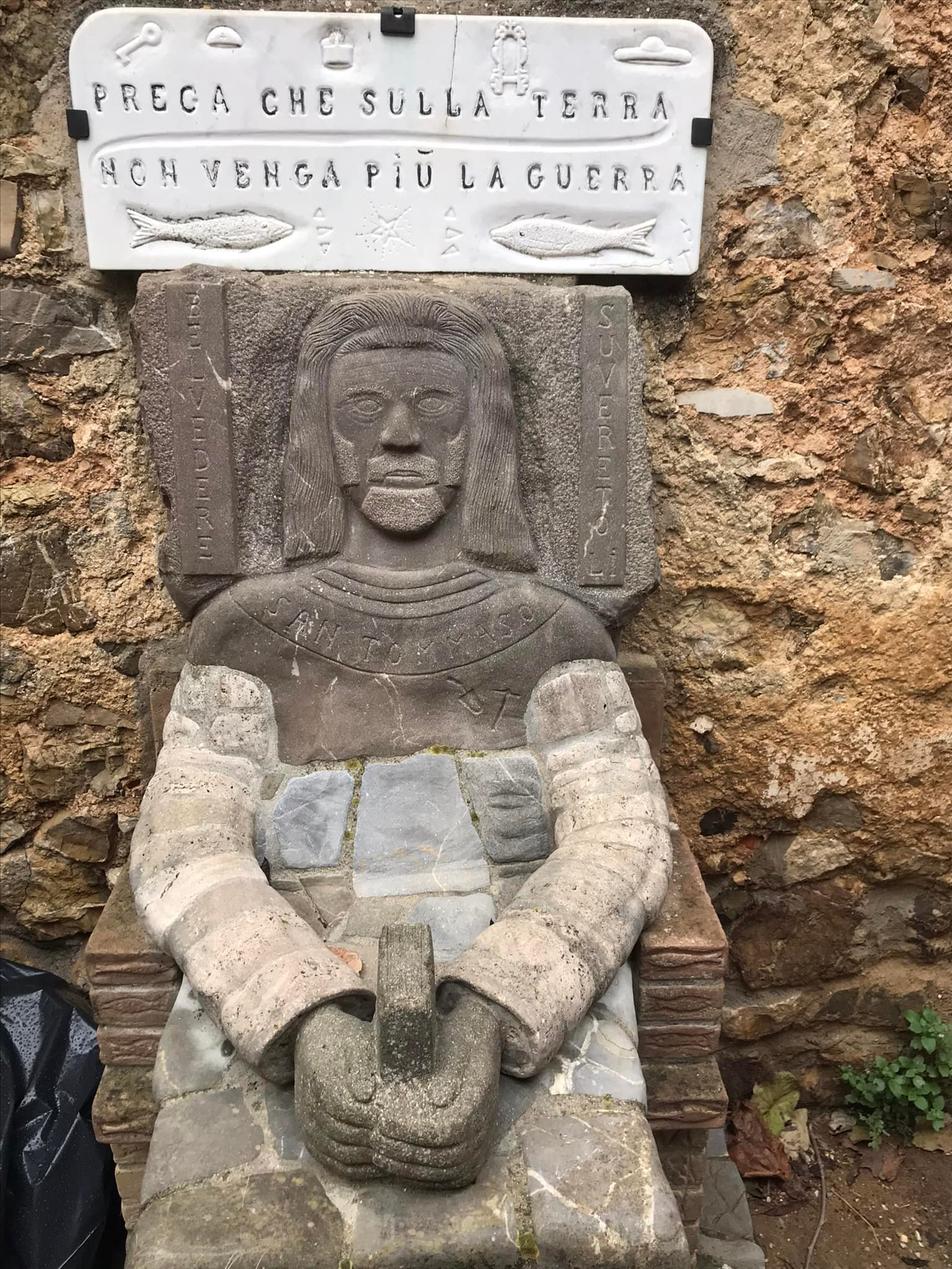



Suvereto – Massa Marittima
31 km, 30 minutes.
There is much to visit and little more to add about this beautiful village.
It is worth seeing, starting from Piazza Garibaldi, the beating heart of the town, and then following the side streets. The Cathedral of Massa Marittima, or the Cathedral of San Cerbone, has been awarded the title of national monument by the Italian State. It is a Romanesque church built between the 11th and 14th centuries.
I






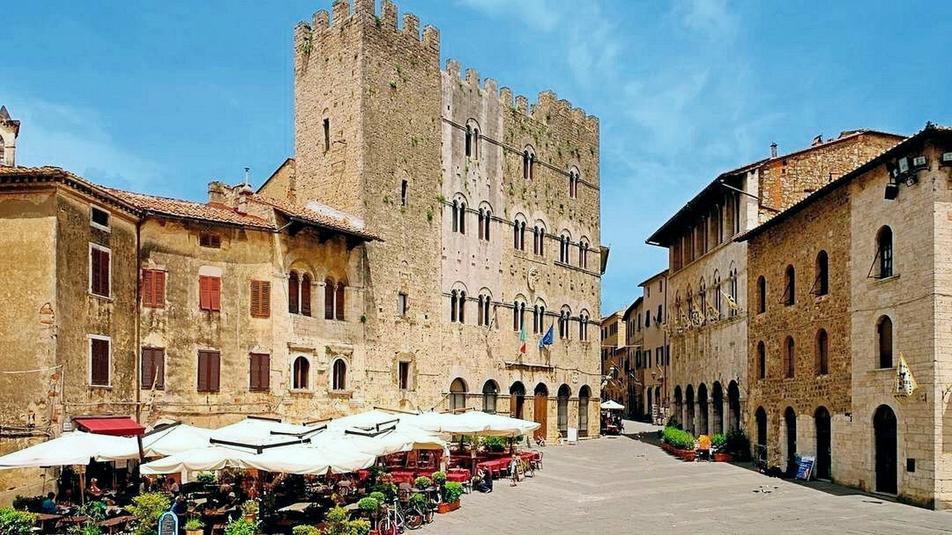
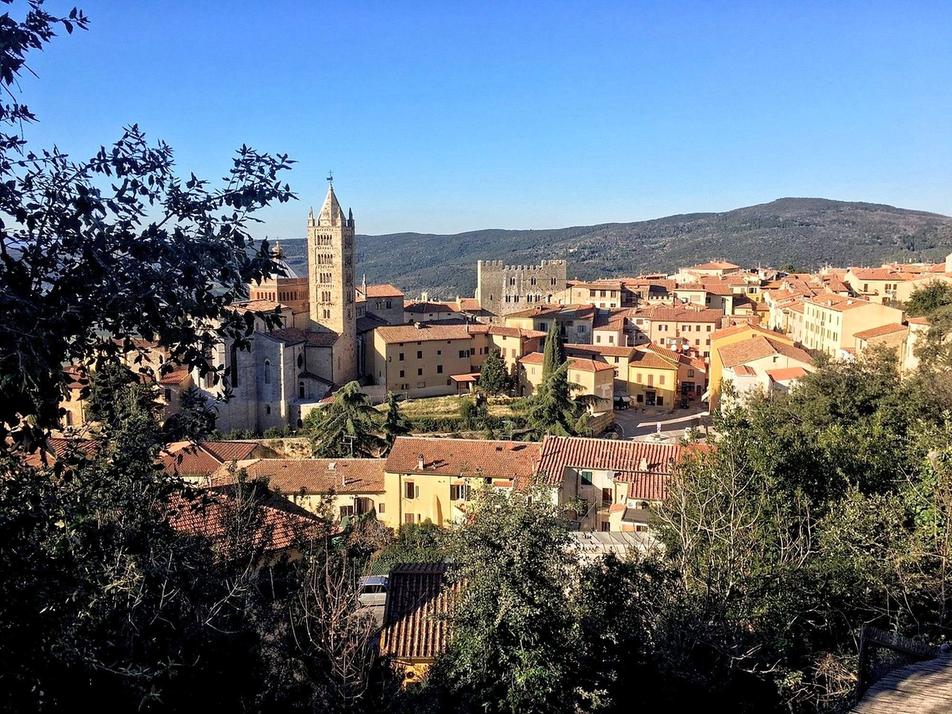
Massa Marittima –
Monterotondo Marittimo 20 km, 23 minuti.







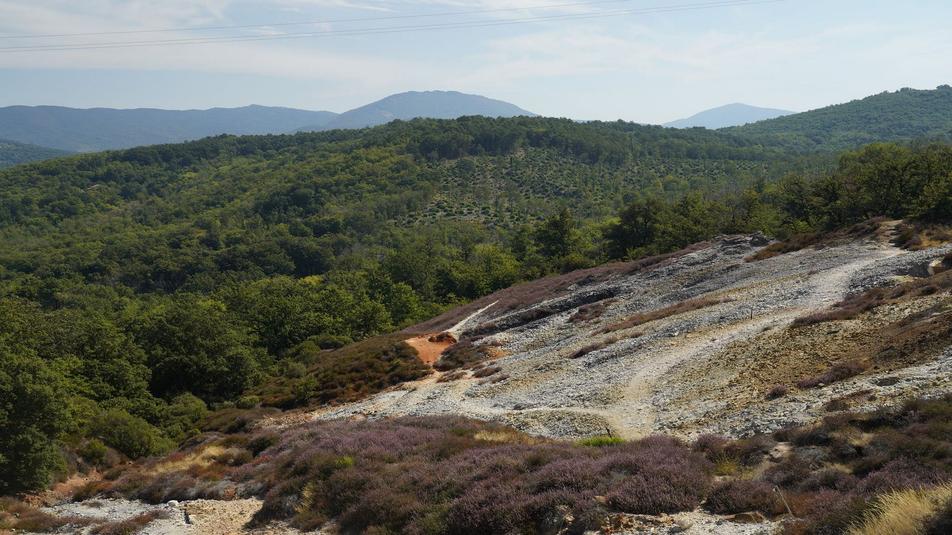
Massa Marittima - San Galgano 32 km, 38 minutes.
A trip from San Vincenzo to Chiusdino - San Galgano is 71 km, 1 hour, 28 minutes and vice versa. Abbazia di San Galgano - Spada nella Roccia, here the municipal info with visiting hours and costs Curiosities; A short distance away in the village of Chiusdino we find the Mulino Bianco that reminds us of the famous advertisement




What does Maremma mean and why do Tuscans curse it?
Everyone in Tuscany is constantly referring to the Maremma using various kinds of expressions, from the simple and harmless exclamation ‘Maremma!’ to signify surprise or to reinforce a concept, to the more colourful ‘Maremma bona’, ‘Maremma troia’, ‘Maremma maiala’, ‘Maremma impestata’ or ‘Maremma bucaiola’.
Conclusion: A relaxing strolling through the seaside maritime villages discover the seaside villages: an unforgettable tour around San Vincenzo delightful is a day well spent.



